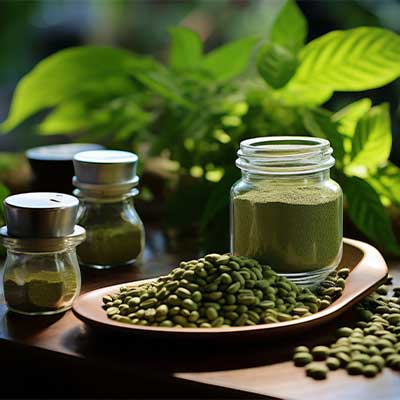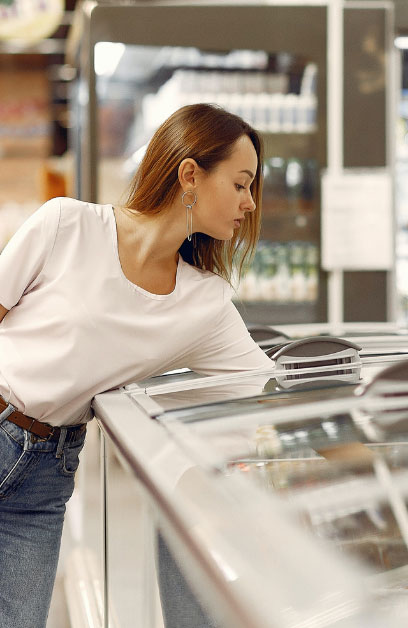Last Updated on March 28, 2025
The pandemic brought about a lot of new ways to go about things. One significant change is that people swapped fast food and take-out for home-cooked meals. Another significant change? They also started growing their fruits and vegetables from home too by creating their food garden.
If you haven’t jumped on the home food garden train just yet, don’t worry. There’s still plenty of room to board.
Starting a food garden at home isn’t as complicated as you might think. With the correct setup and patience, you can create the most delicious, fresh harvest garden design you have ever tasted. No, seriously – a fresh harvest from your food garden will taste leaps and bounds better than any store-bought fruits or vegetables with seeds, because of the organic matter.
Here are the top 5 ways to start a food garden today:
When it comes to a food garden, everyone has different wants and needs for their type of crop. That’s why this article shares five techniques, so you can find the food garden that works for you and your situation. Check it out
Food Garden: In-Ground Bed
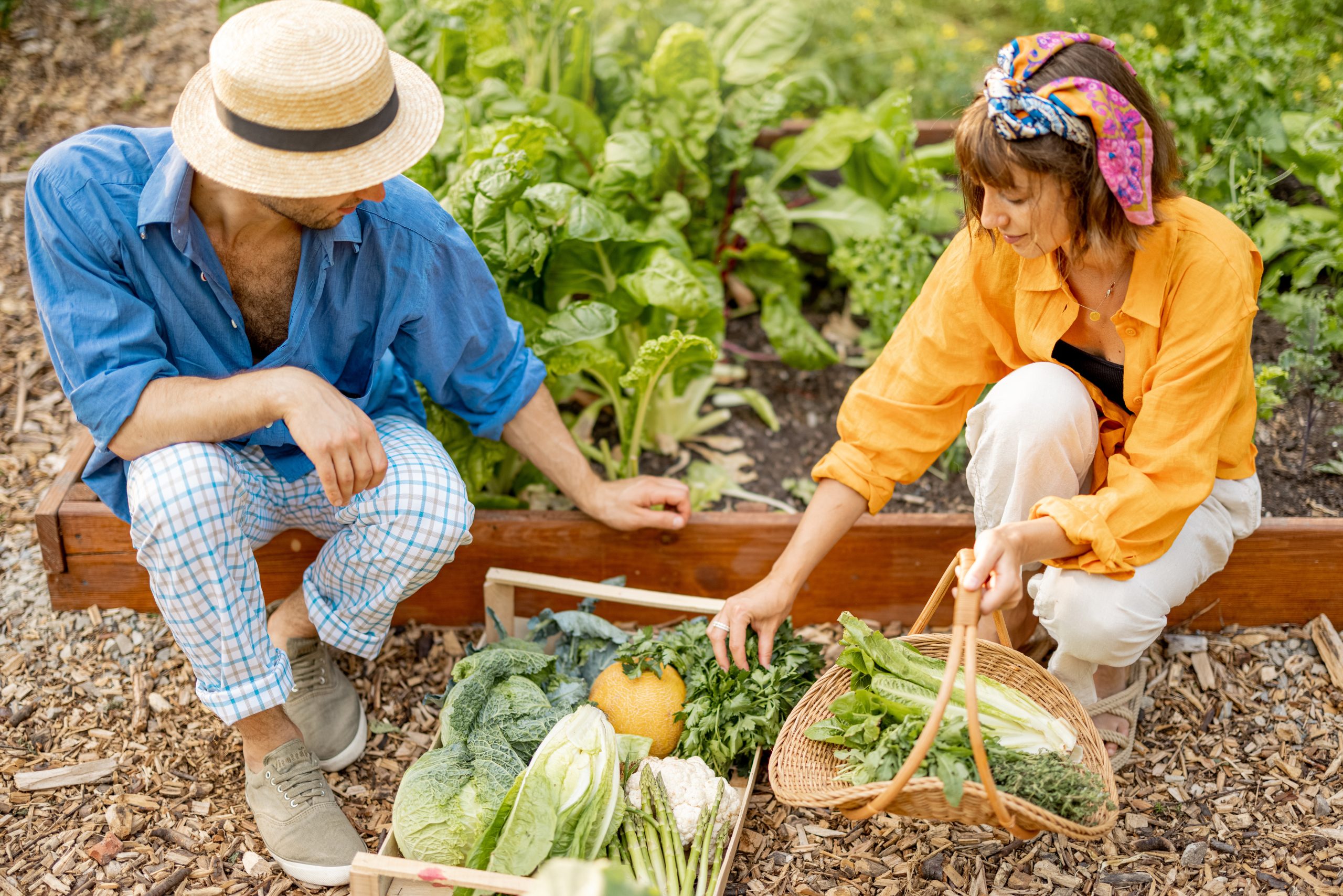
If you have a yard, starting an in-ground beginner-size bed food garden is the easiest option. As you might assume, these gardens are created in the ground. All you need to do is till the topsoil to make it loose enough to grow fruits and vegetables. If you live in an area without good soil, you will need to add a dew inches tall of your own – plus a good compost each year.
The other thing to consider is your climate. If you live somewhere with plenty of rainfall, you won’t need to worry about watering your garden. It will stay nice and moist, unlike other types of food gardens that will dry out. If there isn’t a whole lot of rainfall where you’re at, you will need to set up a watering schedule.
Many people prefer to build some kind of “border” a couple of inches tall around their in-ground bed food garden. While not essential, in-ground beds can be prone to pests and rodents. If they’re becoming a problem to your food garden, you’ll want to consider adding a fence or other type of border to keep them out.
Some of the best options of seed packets to plant on your in-ground garden beds include broccoli, lettuce, green beans, cabbage, carrots, parsnips, and potatoes.
Food Garden: Raised Beds
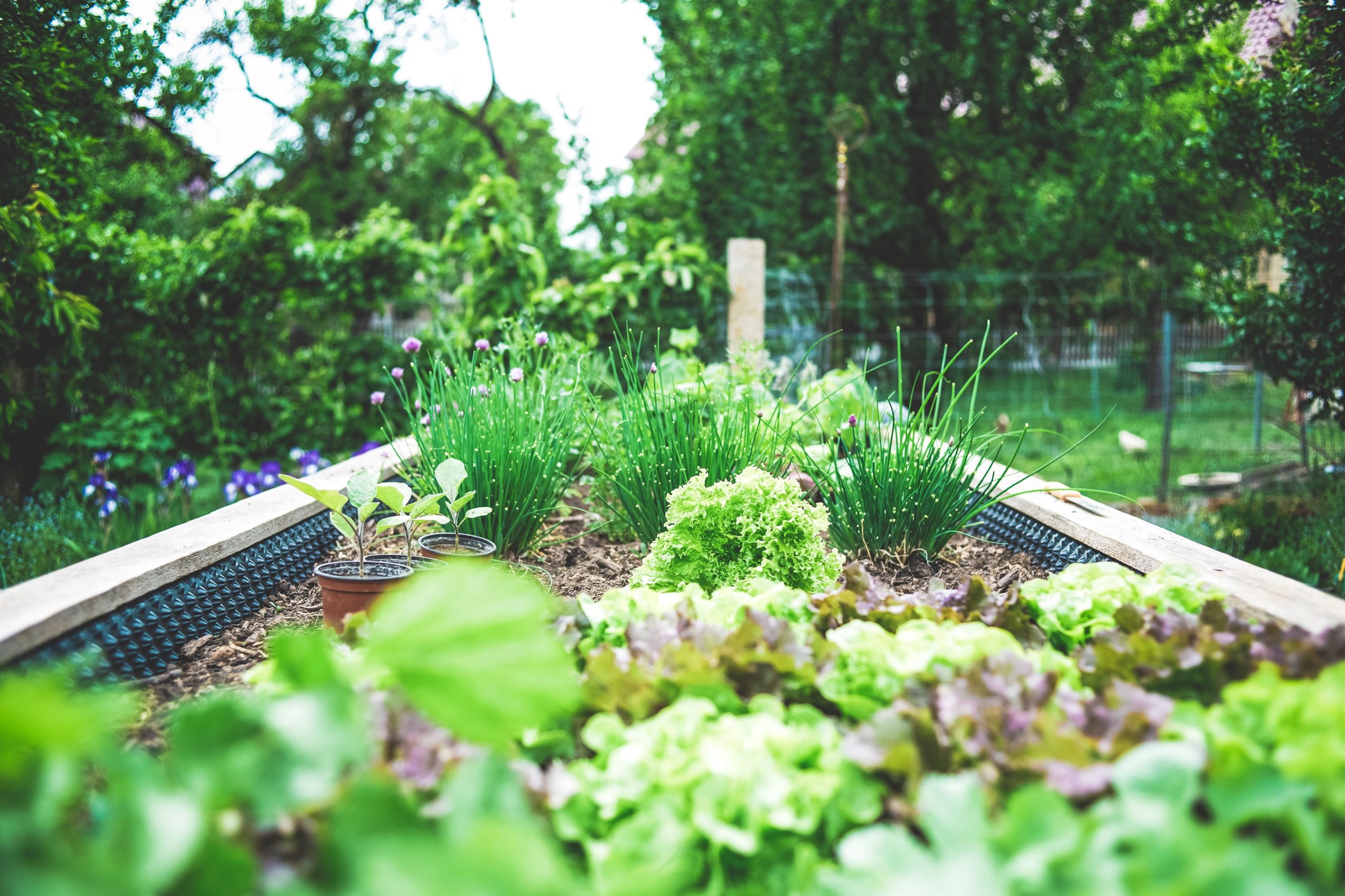
Those who have yards, but aren’t particularly fond of their soil, might consider a raised-bed food garden. As it sounds, a raised-bed food garden is designed with boxes that are raised off of the ground by some type of legs or base system. The boxes are filled with high-quality compost and soil to appease fruits and veggies so that in the future you can have good food pantries.
The benefits of a raised-bed garden revert to simple gardening 101. The raised bed offers better drainage, ensuring they’re nice and warm for spring. The boxes also ensure that your quality soil, compost, and other materials don’t accidentally run off – which can be a problem with an in-ground bed, which guarantees you you’ll have organic food at the end of the day.
The drawback of a raised-bed food garden is that they’re expensive to put together. The good news is that this is a one-time expense that likely won’t break the bank. Once it’s done, you won’t have to worry about it again, except for maintenance and soil.
The other issue is that your options are limited. You shouldn’t grow too-large items, such as pumpkins or melons, as the raised-bed food garden simply won’t be able to accommodate the load. The reason why one of the best options to plant in this type of garden is hot peppers, sweet peppers, or any assorted peppers
Food Garden: Container Garden
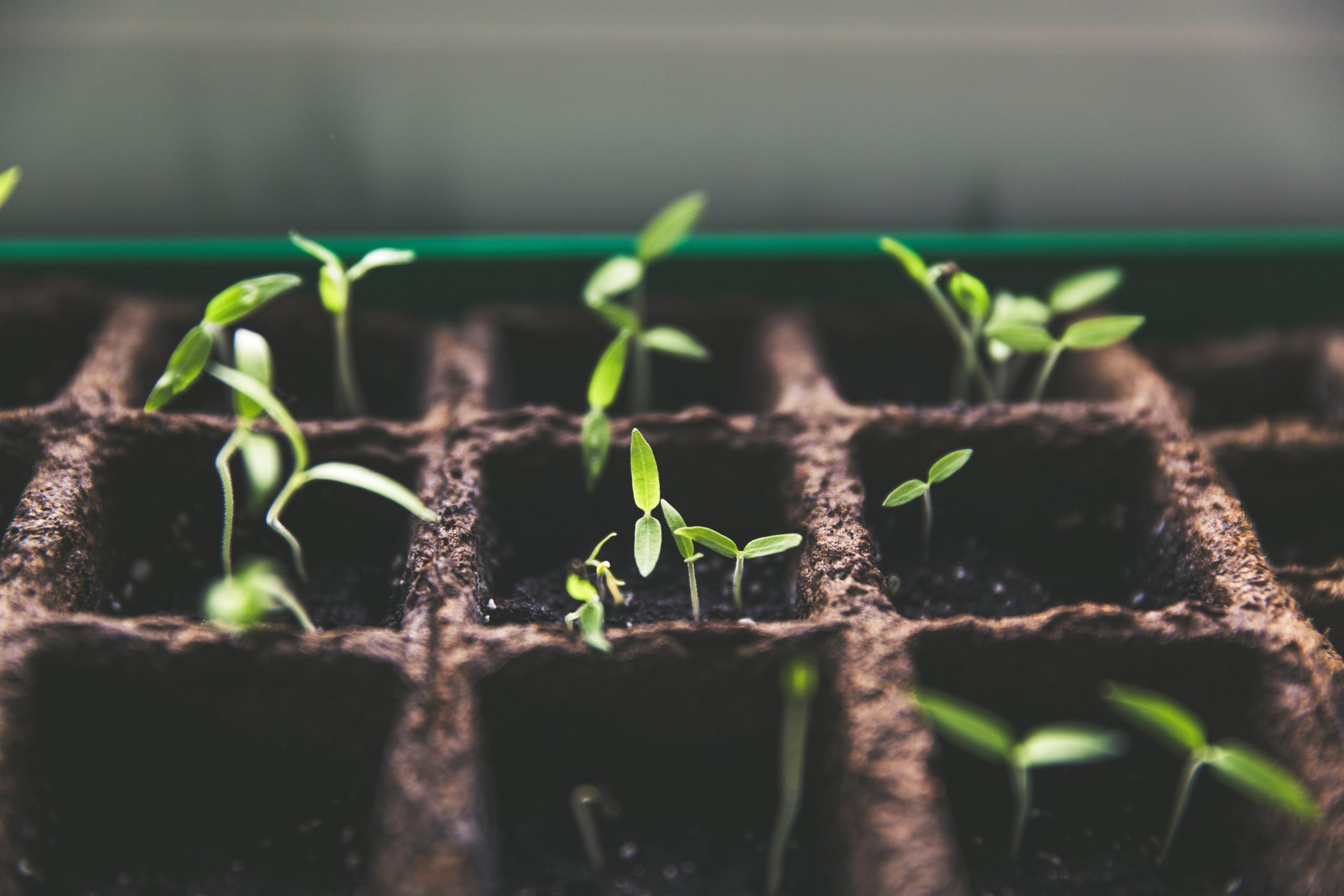
Short on space but do you have a garden goal? Don’t have a garden, but have a sunny window that gets lots of sunlight, like a patio or deck? Then you should highly consider opting for a container garden since it’s one of the indoor food garden ideas that by getting lots of sunlight promises you to have a healthy garden.
A container garden uses a container or series of containers to grow a fresh harvest or an edible kitchen garden. They’re relatively easy to use – add the soil, place the fruit and vegetable with seeds, and water regularly. Oh, and that’s something to consider – the amount of watering necessary for a container garden. You will need to water often as there will be no natural source.
The other thing to consider is that container gardens can’t accommodate fruits and veggies with long root systems. There simply isn’t enough room. So, stick to shorter root systems and smaller ingredients. For instance, beets, cucumbers, peas, and tomatoes are all great choices for containers and foolproof gardens.
Food Garden: Window Boxes
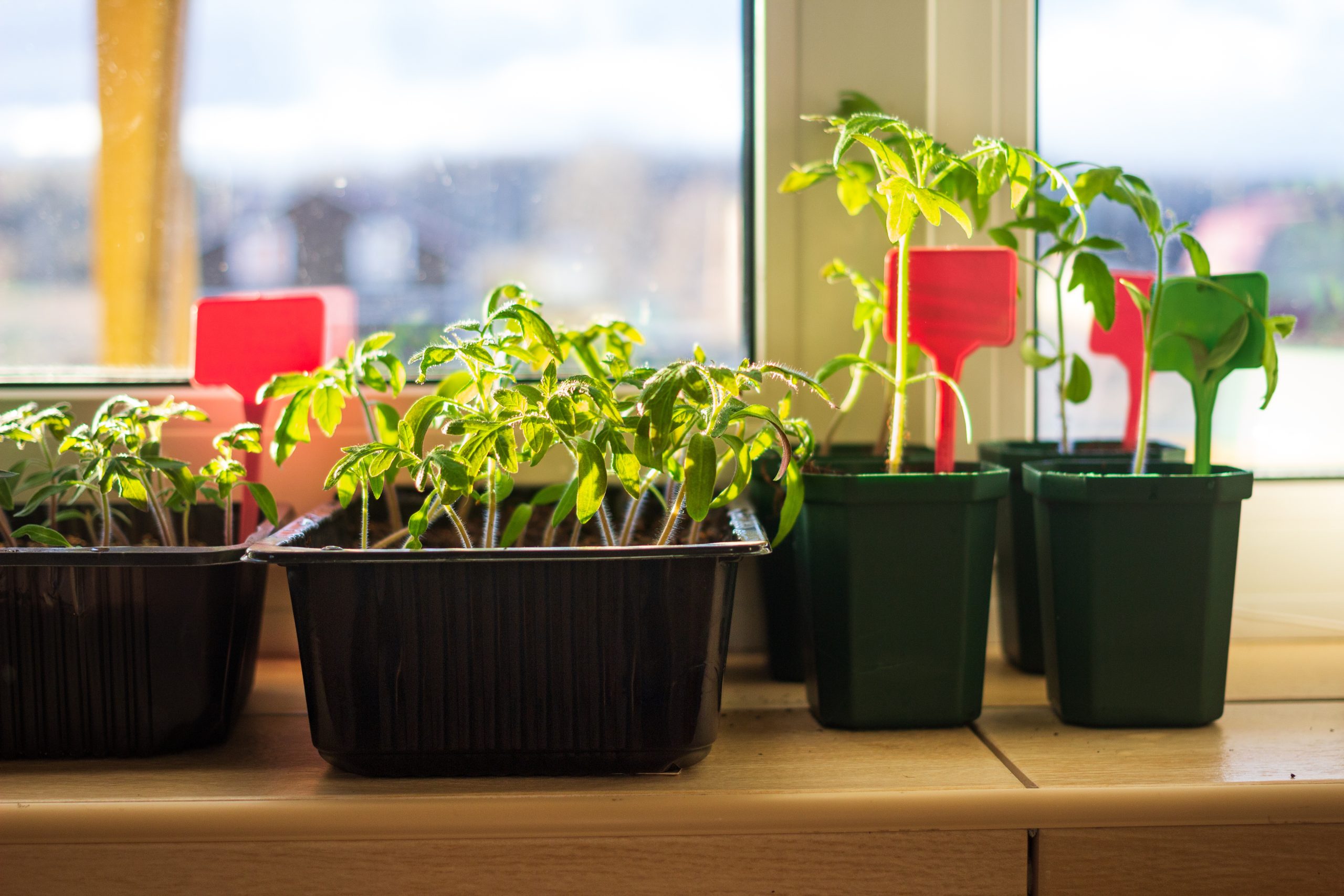
Are you short on space, so much so that you do not have an outdoor area whatsoever? Don’t think you have to say goodbye to your dreams of a food garden delightful. All you need is a large bright window that gets plenty of sunlight and then you can create one of these indoor food garden ideas.
A window box is a long and narrow planter box that hangs outside of a large window by the use of brackets. With a window box, you only need to worry about the basics of gardening 101 – adding soil, planting seeds, and watering often. Gardening tips: No tilling ground or adding compost is required, making it one of the best ideas for a food garden for newbie gardeners.
Like containers, window boxes don’t have a lot of space. You will need to choose fruits and veggies with short root systems or opt for an herb garden instead or maybe a more ornamental garden.
Food Garden: Community Garden
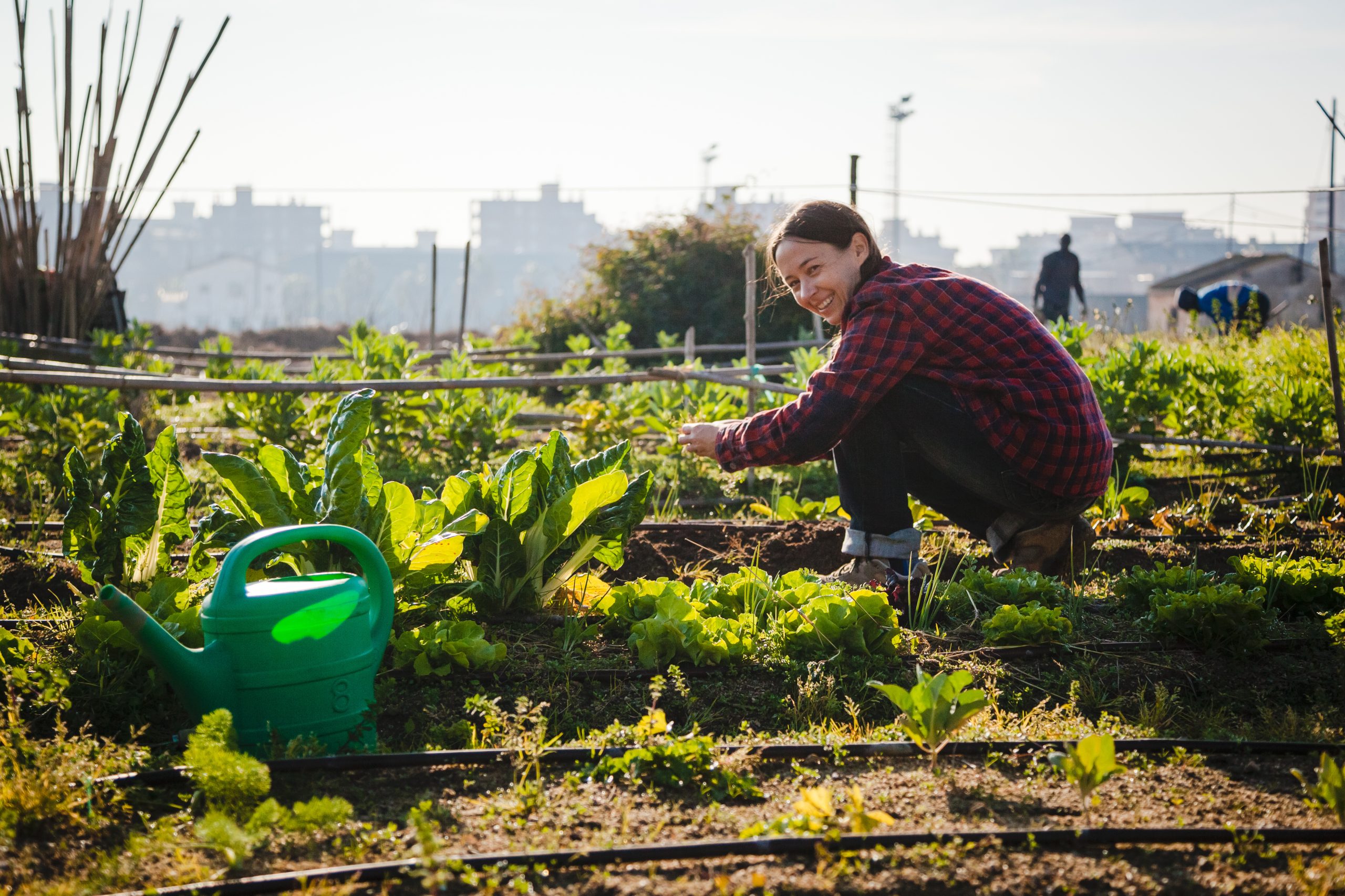
For those that really don’t want to fuss with a home food garden and gardening 101 skills but still want the benefits of a fresh harvest to nosh on, the only other option is to head over to a community garden.
Search a community garden in your area or a food gardening network. The garden will typically have individual plots – typically raised in-ground beds or additional garden beds – to purchase and use at your discretion depending on the variety of garden plans. Of course, community gardens tend to have rules on what you’re allowed to grow, and there will likely be some type of fee. Keep these things in mind when choosing the community garden route.
The good thing about a community garden is that you don’t have to do much work since they are sources for gardening tools. The soil will be ready for you to go. All you need to do is plant your fruits and vegetables with seeds and check on them regularly. Then, enjoy your delicious fresh harvest and traditional vegetable garden!
No community gardens in your area? It might be worthwhile to start one of your own! Not only will this benefit you, but it will benefit the members of your community as you create a food gardening network. And in this day and age, there is significant importance in helping one another out.
If you’re thinking about starting your community food garden, it’s best to speak to a community representative to discover the basics of vegetable gardening and which steps to take. Cities, counties, and states may have specific rules and regulations and necessary steps to accomplish before starting a community-themed kitchen garden and becoming an inspiration for the gardening guru that spreads out the benefit of food gardening.
Are You Ready to Start Your Own Home Garden?
A food garden is an excellent way to grow a fresh harvest and have some of the most delicious-tasting fruits and vegetables you have ever sunk your teeth into. There are plenty of options and a variety of garden plans to accommodate your needs. Those with large yards can opt for in-ground or raised beds, while those short on space can choose containers or window boxes. You can even opt for a community garden instead!
Happy gardening! Are you ready to put your gardening 101 skills to the test with a home food garden? Which one of these food garden ideas do you plan to use?
Foods to Eat on Your Period That Doctors Don’t Want You to Know About: Say Goodbye to Cramps & Mood Swings!
Foods to Eat on Your Period That Help…
6 Bulletproof Coffee Health Benefits
Bulletproof coffee is a buttery coffee drink that’s…
Green Coffee Bean Extract: 6 Absolutely Potential Health Benefits
The number of dietary supplements out there can…
How to Eat Healthy in College: 7 Ways to Master The Grocery List
Being a college student can be pretty challenging….
- 20 Affordable Meal Prep Companies and Food Subscriptions Boxes for Busy Families
- 3 Amazing Low-Calorie Meal Preparation Ideas For Busy Moms
- 4 Absolute Mouthwatering Fruit Charcuterie Board Ideas
- 4 Dinner Party Games For Adults For Your NYE Party (Plus Dinner Ideas!)
- 5 Amazing Holiday Cocktail Menu for Cozy Nights With Close Friends
- 5 Delicious, Guilt-Free Super Bowl Desserts You Can Easily Make
- 5 Effective Ways To Get The Most Out Of Your Protein Shakes
- 5 Practical Ways to Stop Sugar Cravings
- 6 High Protein Vegetable Smoothie Recipes Your Taste Buds Will Love
- 6 Mouth-Watering Superfood Recipes That Are Easy to Make
- 6 Restaurants With Great Cocktails in Orlando
- 7 New Years Eve Drinks and Cocktails Menu to Cheer The Year
- 8 Tips to Get Great Intermittent Fasting Results
- Christmas Dinner For Two: The Perfect Food For a Cozy Night
- Christmas Dinner Ideas: Elevate Your 2024 Holiday Feast with Delicious Inspiration
- Clean Eating Breakfast Ideas to Help Start Your Day
- Creating the Ultimate Cinco de Mayo Menu in 7 dishes
- Do Artificial Sweeteners Break A Fast?
- Exploring the World of Tea: A Comprehensive Guide to All Types of Tea
- Favorite Comfort Foods: Indulge in Timeless Classics
- How to Build the Perfect Spooky Graveyard Terrarium [DIY Tutorial]
- How to Cook Asparagus in 5 Simple and Tasty Ways
- How to Stop Eating When Bored: Tips, Snack Ideas, and More
- Ideal Coffee Shop with Outdoor Seating: Discover 12 Unmissable Listings
- Most popular and delicious Mexican dishes
- Review: Crumbl Cookies in Winter Park + Our 3 Favorite Irresistible Flavors!
- StoneFruit Coffee Co. is a Coffee Lovers Dream 2021
- Thanksgiving Party Guide: 5 Steps For an Awesome Friendsgiving Dinner
- The Benefits of Organic Turmeric and Turmeric Supplements
- The Ultimate Girls Night in Checklist: 6 Games, Playlists, and Drinks
- Unraveling the Delightful Mystery: What is Bubble Tea?
- Upscale Drinks: 7 Amazing Cocktails You Can Make at Home
- What Should I Eat for Dinner and When? A Dietitian’s Opinion 2024
- Which Green Juice Powder Is Better? Organifi vs Amazing Grass 2024 [REVIEW]
- The Tamarind Benefits: Exploring its Rich History, Flavor, and Health Advantages | 2024
Meet Kourtney, a writer specializing in sex and relationships. Known for her honest and insightful approach, she explores themes of intimacy and personal growth. Her work combines personal anecdotes, expert opinions, and practical advice, helping readers navigate the complexities of modern relationships and embrace their desires. Kourtney's writing serves as a guide for those seeking authentic and fulfilling connections.
- Kourtney Andersonhttps://successiblelife.com/author/kourtney-anderson-freelance-writer/
- Kourtney Andersonhttps://successiblelife.com/author/kourtney-anderson-freelance-writer/
- Kourtney Andersonhttps://successiblelife.com/author/kourtney-anderson-freelance-writer/
- Kourtney Andersonhttps://successiblelife.com/author/kourtney-anderson-freelance-writer/



